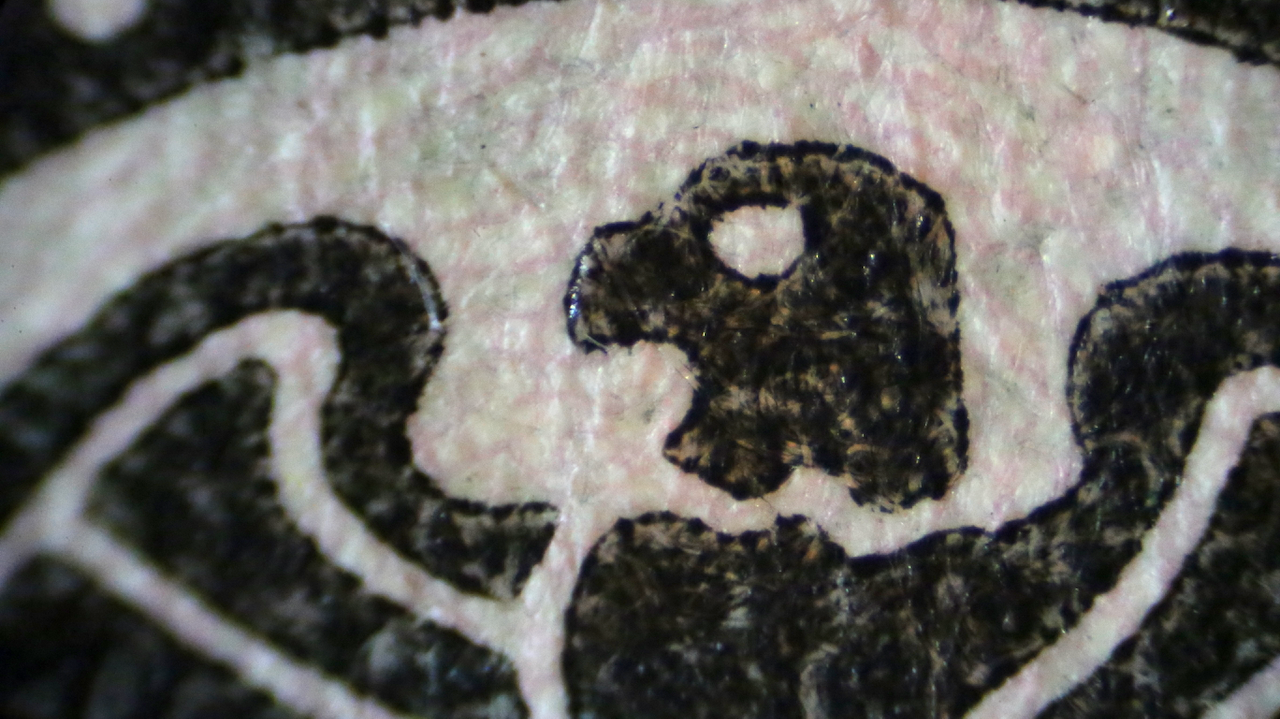Looking around for a hobby, I thought I'd give microscope photography, or microscopy, a try.
I don't think I've used a microscope since 6th grade (Jimmy Carter had been recently elected President), so I am pretty much starting from scratch. Here is my current set up:
My microscopy gear
The gear consists of:
- Canon 6D (had this camera for years)
- Canon remote switch (to avoid shaking the camera when taking photos or for holding the shutter open for many seconds)
- Asus 4K monitor (it was unused; it kind of sucks)
- Mini-HDMI to HDMI cable ($5)
- AmScope T490B microscope ($318)
- AmScope Canon Camera Adapter ($99)
- Assorted microscope slides and cover slips ($20)
So, after about a $450 investment I am ready to go.
Using the Camera's Better Vision
One aspect of microscopy that I am interested in trying is long camera exposures (seconds to hours), a common technique in astrophotography. That way I might be able to get away with not cooking a specimen with highly focused light or maybe see dark details that I cannot see with my eyes.
Modern cameras are getting crazy good ISO levels too (I suspect I will buy a new camera soon). I also hope to use this to capture images using interesting lighting. For example, the $5 bill has an image of an eagle on it. Below is a photo of the eagle's head taken with the normal microscope light shining up from below. The next photo uses a simple desk lamp to light the image from above. The two different techniques reveal different details.
$5 bill lit from below
$5 bill lit from above (note the colored threaded embedded in the paper)
Other Lighting Techniques
I am also interested in experimenting with lighting techniques. For example, when taking photos of landscapes, I love shooting in the morning light. The oblique angle of the sunlight highlights small contours in the land. I am wondering how well light angles can work with microscopy. Here is an early attempt - using a cat laser pointer to highlight the contours of the inside of an egg shell.
Highlighting contours using an oblique angle light (cat laser pointer)
Looking forward to learning new things!
